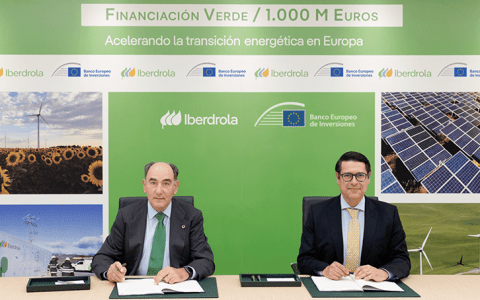ESS Inc to set up 50 MW/500 MWh iron redox flow battery storage for LEAG in Germany
LDES technology firm ESS Tech Inc. has signed an initial agreement with German utility LEAG for the application of the former's iron redox flow battery technology at the latter's new renewables hub being developed at Boxberg Power Plant in Eastern Germany.
Once the cooperation agreement is finalized, the companies are planning to build a 50 MW/ 500 MWh iron redox flow battery at the Boxberg site. The commissioning is scheduled for 2027, they claim.
The iron redox flow battery technology is to become a standardized component in LEAG's transformation plan, which envisages the use of 2-3 GWh battery storage capacity at the LEAG power plant sites. The total investment for the project is € 200 million, with support from additional investors and stakeholders being sought.
ESS has developed an iron-based LDES technology that uses safe and sustainable battery technology to provide cost-effective utility-scale energy storage. The technology is currently manufactured at the company's facilities near Portland, Oregon, USA, and deployed in commercial microgrid systems and utility-scale projects across the US and Australia.
RELATED: ESS Flow Battery modules for LDES application gets UL 1973 certification
"The cooperation with LEAG is an important building block in developing a model for the transition from coal to clean, renewable energy for energy suppliers and municipalities worldwide," said Eric Dresselhuys, CEO of ESS.
"The deployment of renewable energy and long-term energy storage will not only provide reliable, clean energy to effectively replace current base-load power supplies with coal, but also create economic opportunity and a cleaner environment for Germany", he added.
LEAG, on the other hand, plans to develop 7-14 GW of renewable energy generation combined with 2-3 GWh of battery storage capacity and 2 GW of green hydrogen production. Combined, these technologies are expected to create a zero-carbon baseload power system.
One of the keys to transforming the Lusatian coalfield into Germany's green powerhouse is the development of cost-effective long-term energy storage. We are proud to be able to demonstrate the iron redox flow technology on a large scale," said Thorsten Kramer, CEO of LEAG.
RELATED: HH2E, LEAG collaborate on developing Green Hydrogen in Germany
He added, "The Energy Resilience Leadership Group and Breakthrough Energy are helping to create an ideal framework for the fastest possible technology development and adoption to achieve emissions targets as quickly as possible."
With the grand renewable energy and storage plans, LEAG intends to demonstrate for the first time a system for long-term buffering of renewable energy on an industrial scale.
In the future, it should not only compensate for the supply gap in the area of the base load after the coal phase-out, but also replace natural gas as an energy source on the basis of short- and long-term storage in combination with hydrogen, the utility claims.























